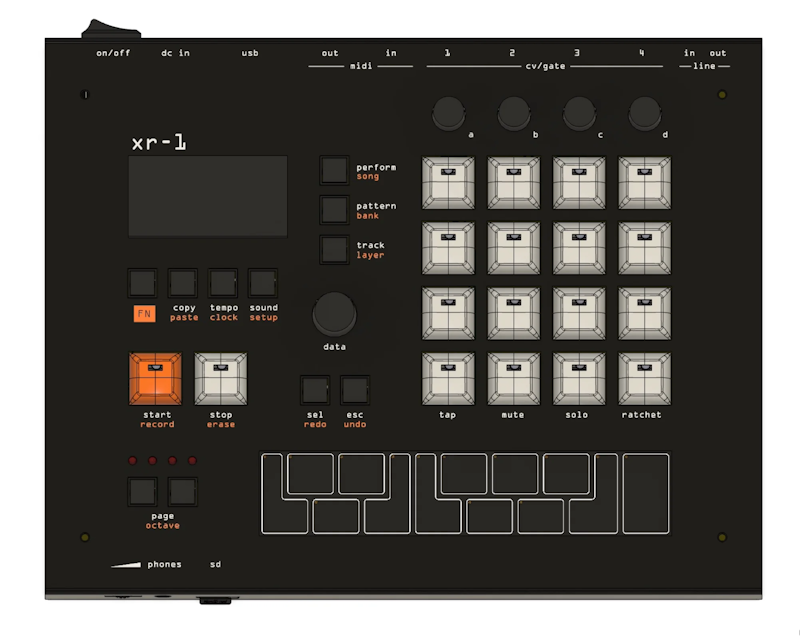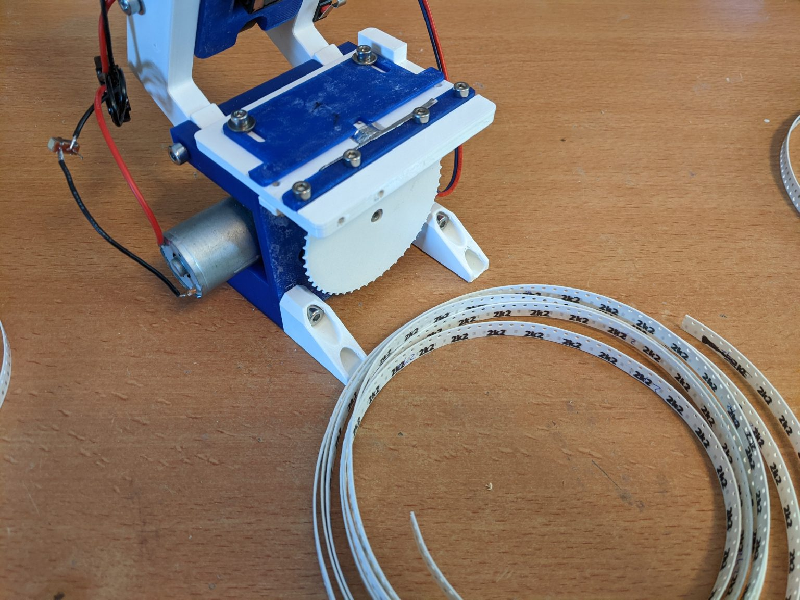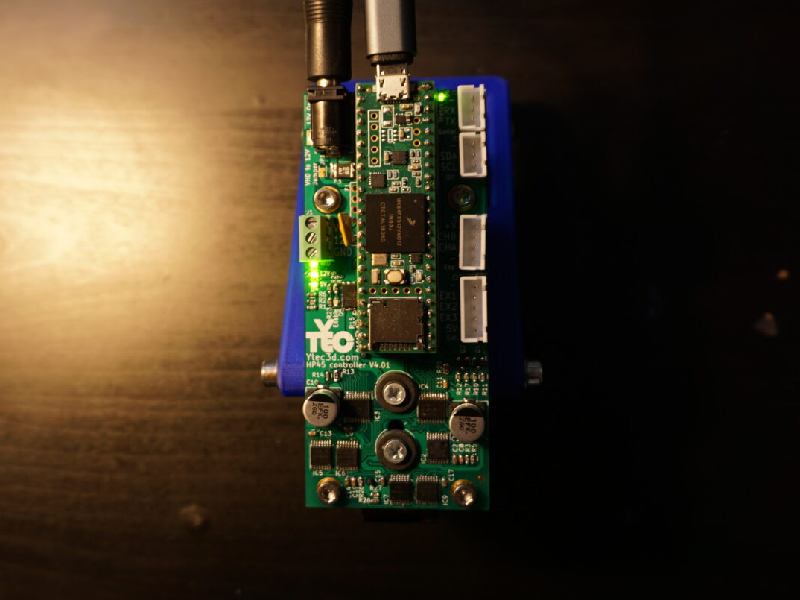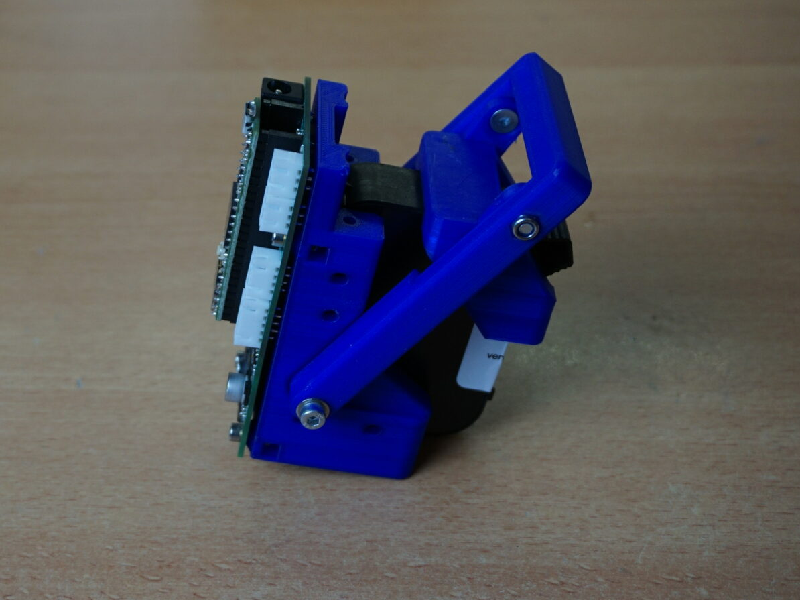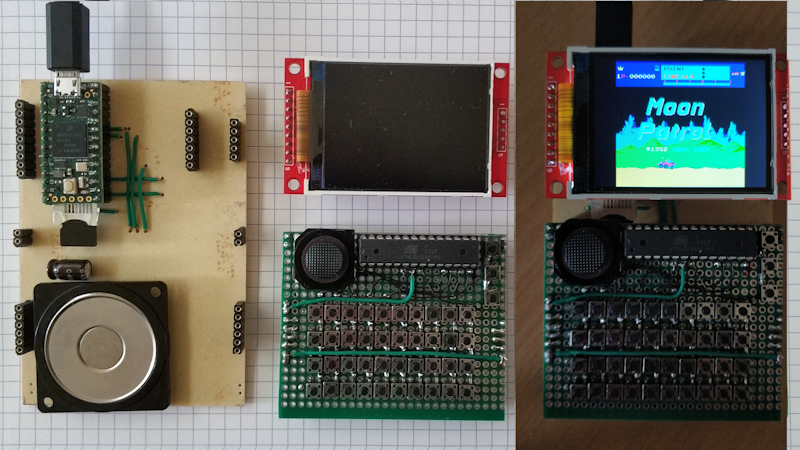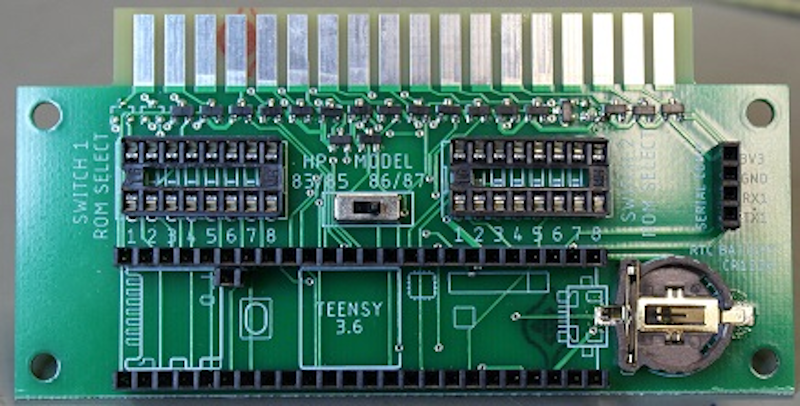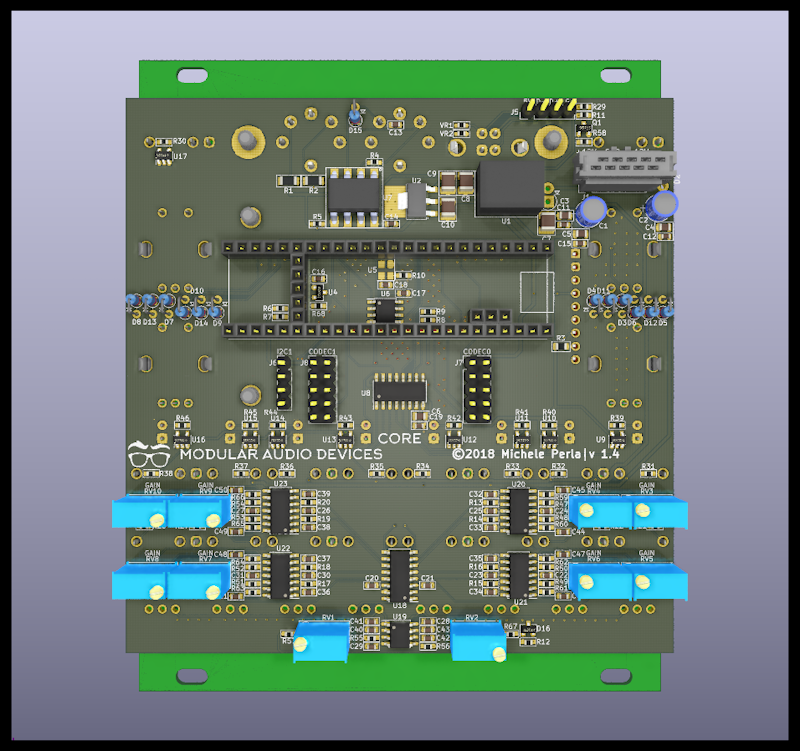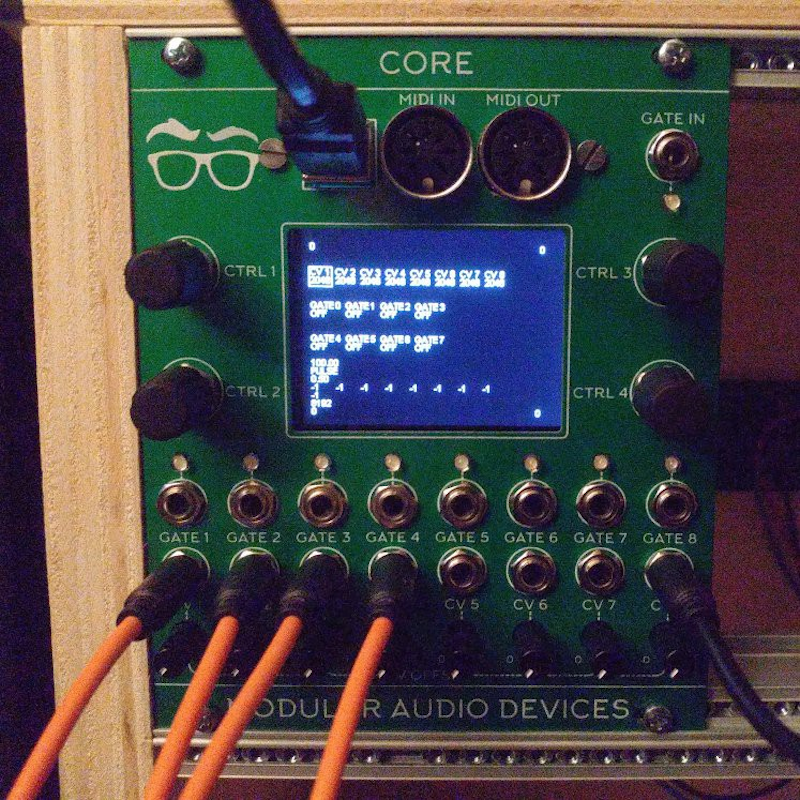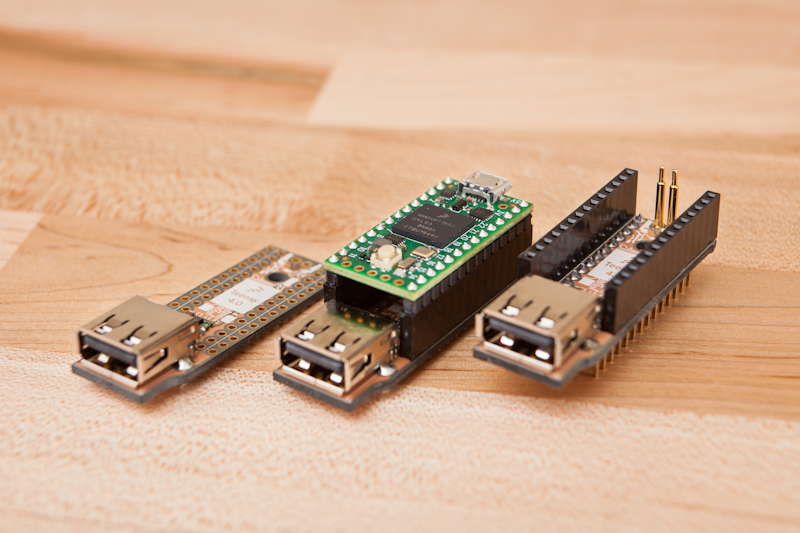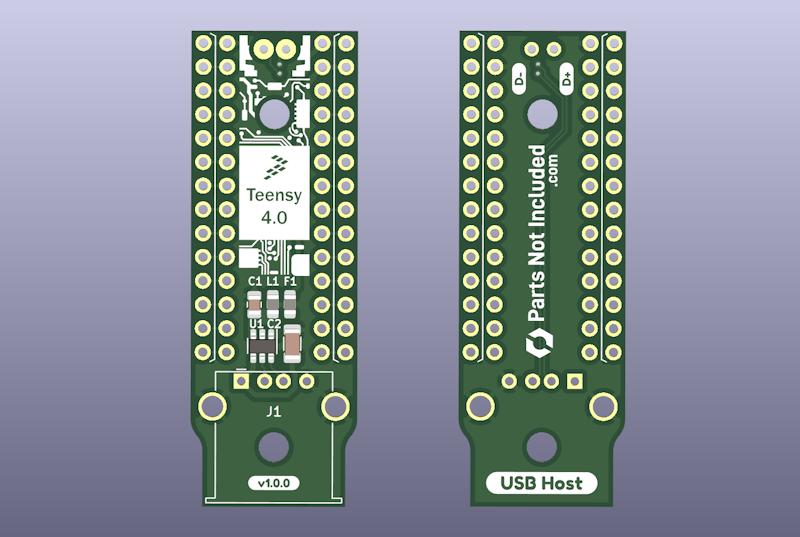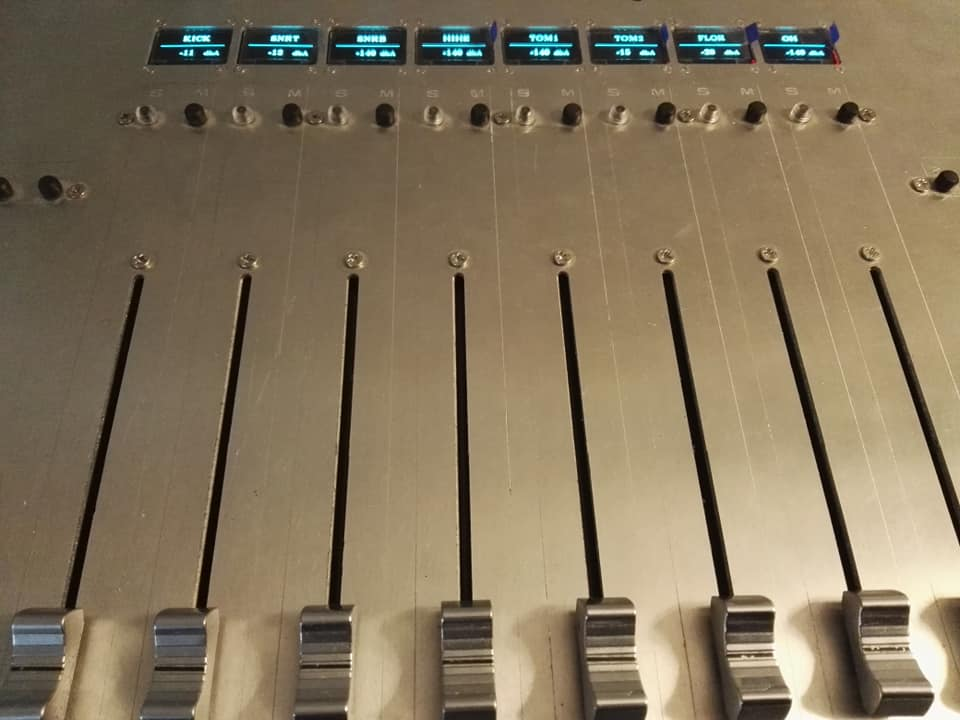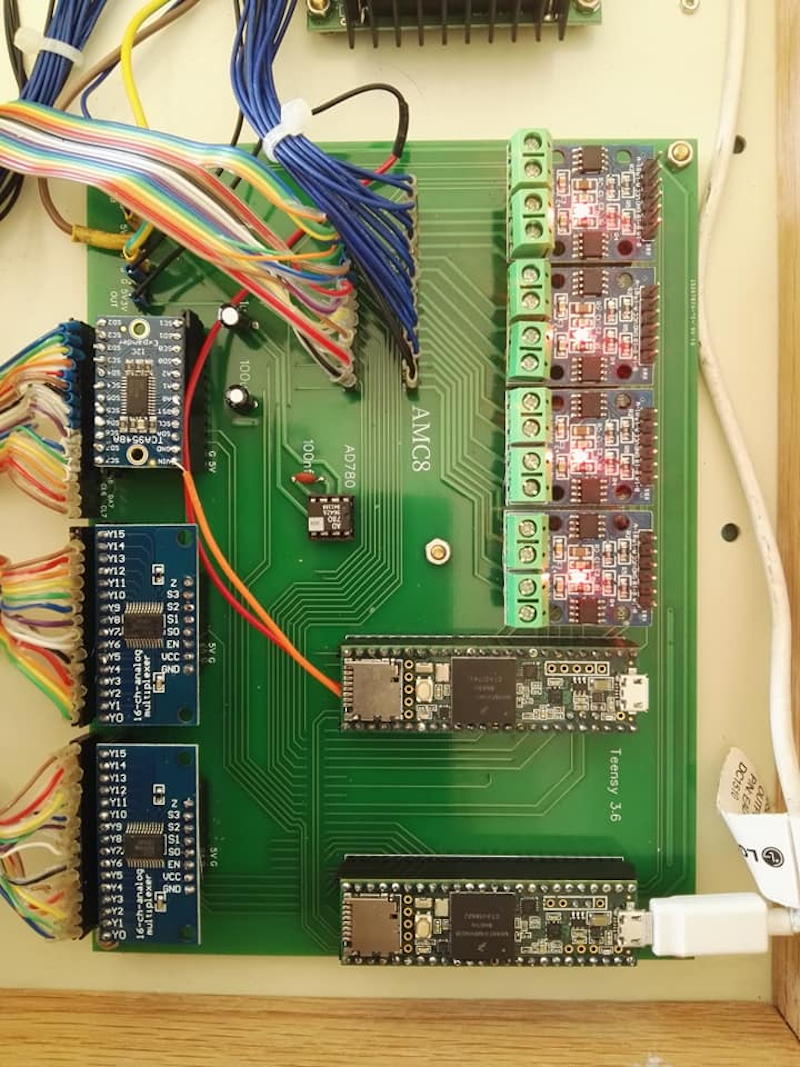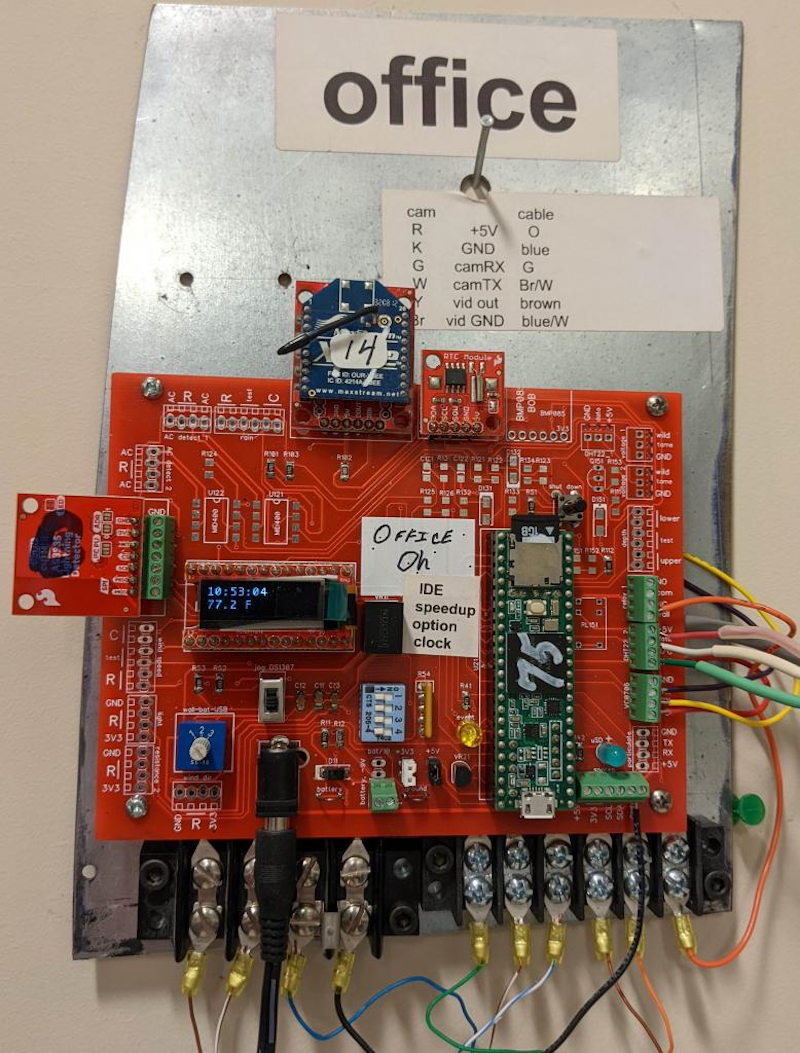‘Twas the night before Christmas, when all through the house, not a creature was stirring, not even a mouse – which was frustrating,
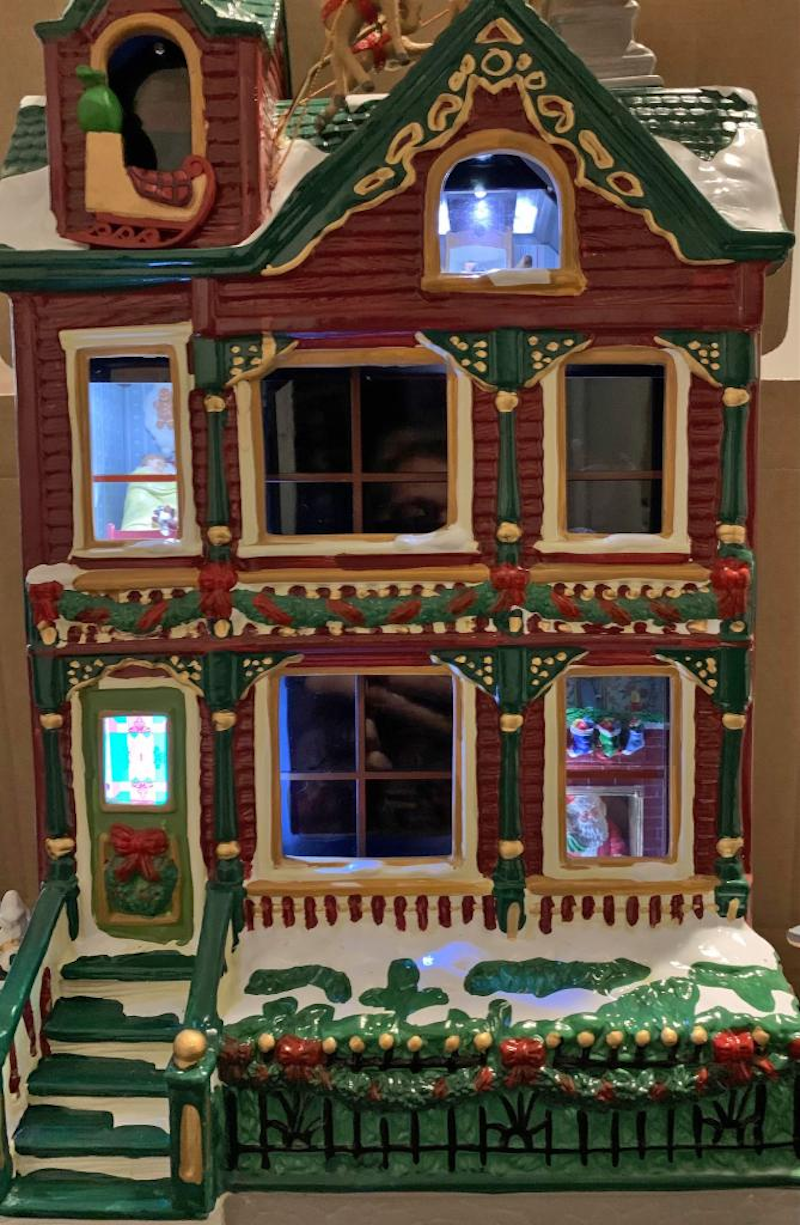
because the Mr. Christmas “The Night Before Christmas House” was supposed to be playing audio and flashing light bulbs that correspond to the story, but a previous failed repair attempt had rendered it inoperable. That is, until PJRC forum member edseitz replaced the cassette player and associated electronics with a Teensy 3.6 and Prop Shield!
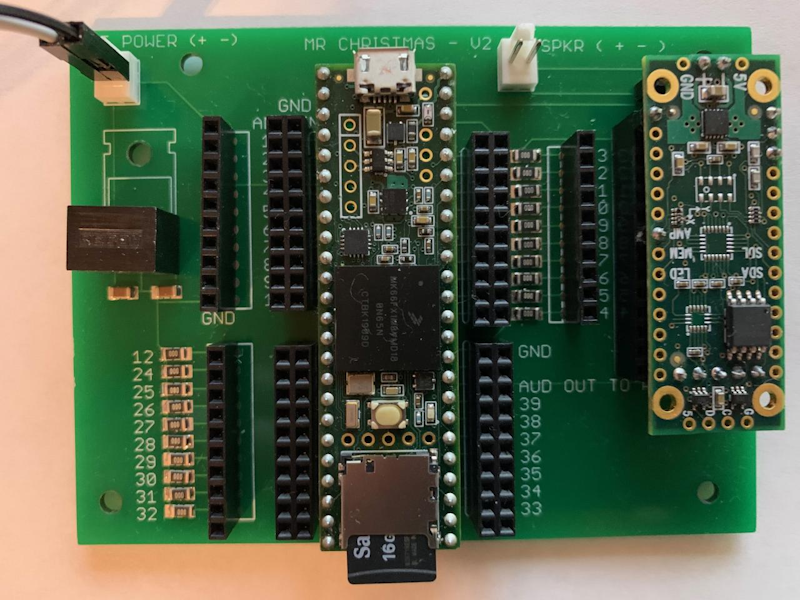
The seventeen light bulbs were replaced with LEDs, and a custom class was added to simulate the warming and dimming of traditional bulbs. The Teensy’s microSD storage was ideal for .WAV files of the original cassette audio, with their playback facilitated by the Prop Sheild’s integrated 2-watt audio amp. And we heard edseitz exclaim, as he hid the wiring out of sight – “Happy Christmas to all, and to all a good night!”

